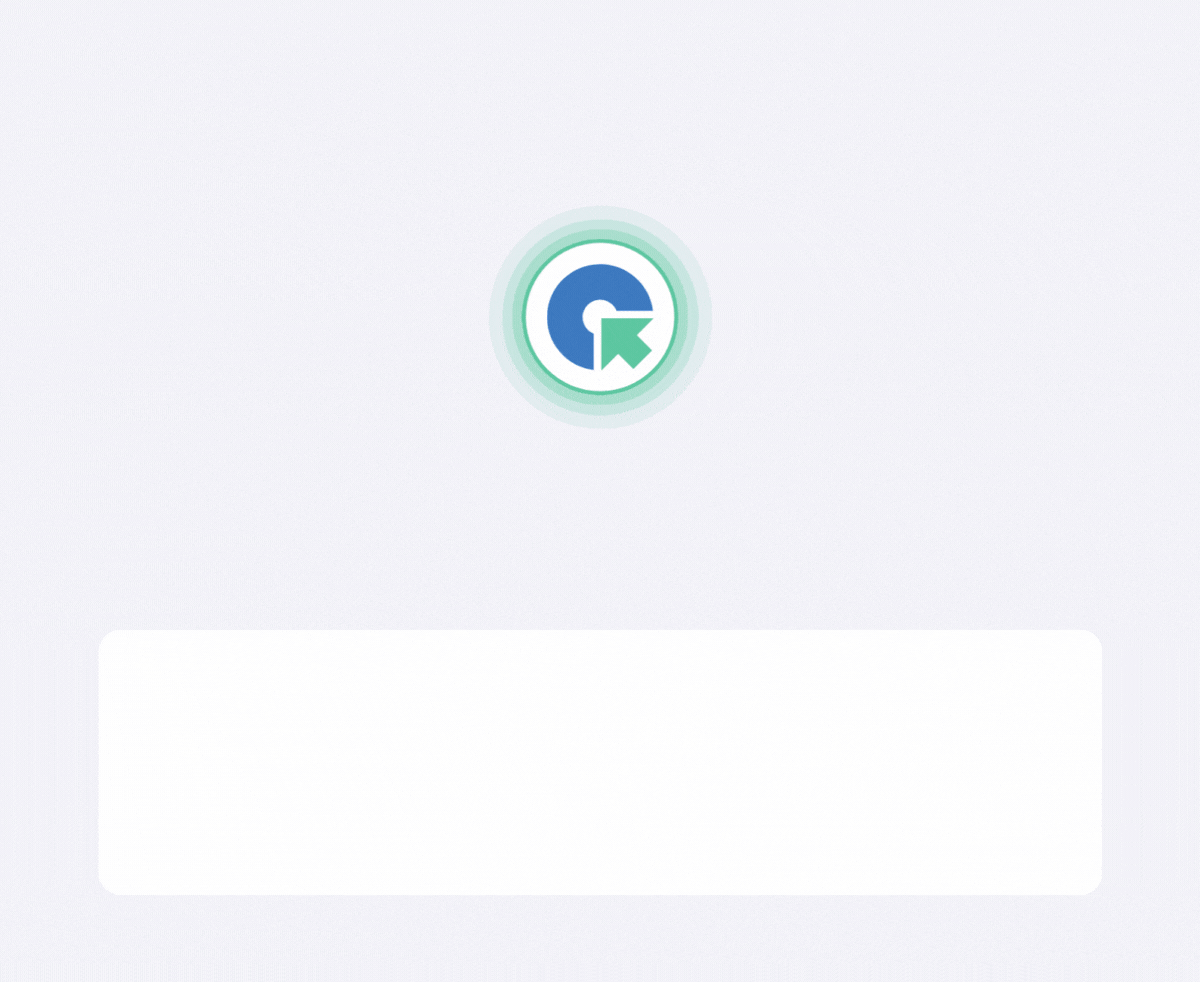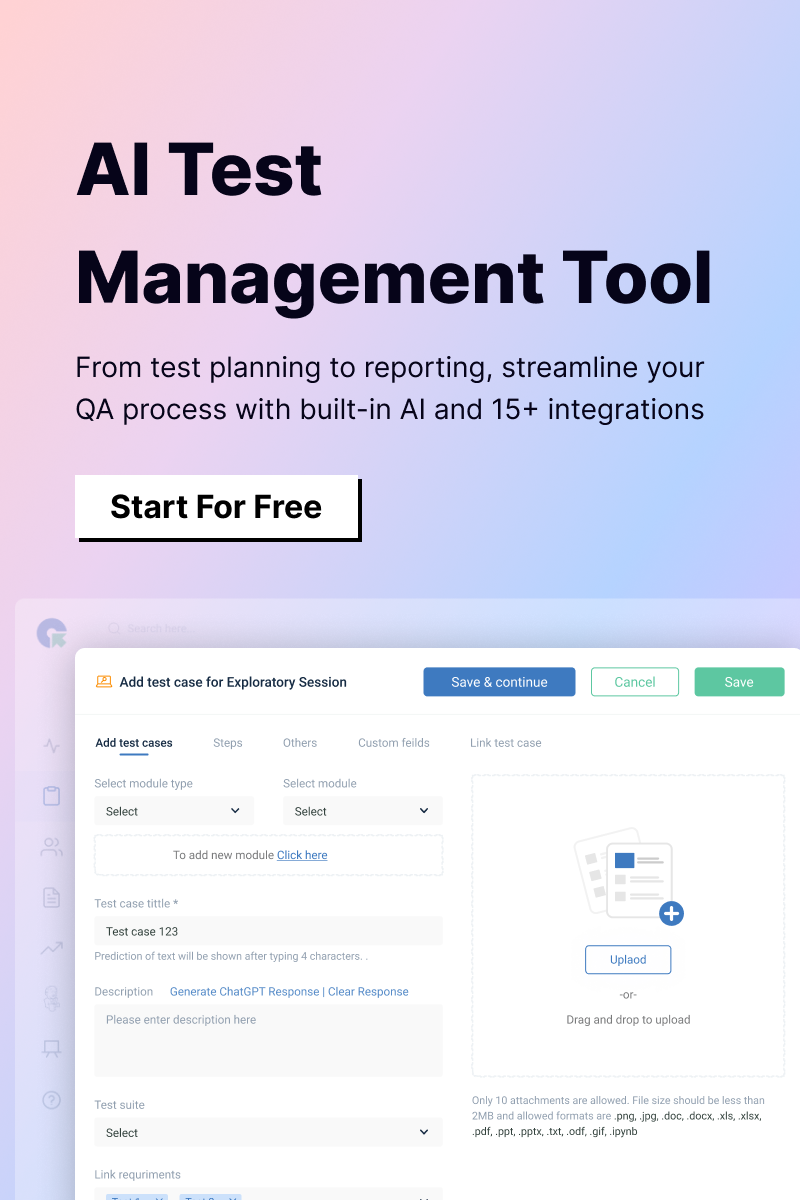A bug tracking software is an application that helps teams record, track, and manage defects in a software project. It stores bug reports in a database, allowing developers and testers to monitor issues, assign them for resolution, and track progress efficiently.
How to track bugs?
Bugs can be tracked by:
- Identify and Log the Bug – Record the issue in a bug tracking tool (e.g., Jira, Bugzilla, QA Touch) with details like steps to reproduce, severity, and priority.
- Assign the Bug – Allocate the defect to the appropriate developer or team for resolution.
- Monitor Progress – Track the bug status through various stages (New, Assigned, In Progress, Fixed, Verified, Closed).
- Retest the Fix – QA revalidates the bug once a fix is applied to confirm it is resolved.
- Close or Reopen – If the issue is fixed, close the bug; if not, reopen it for further investigation.
- Generate Reports – Use analytics and reports to track defect trends and improve software quality.
What is the best bug tracking system?
The best bug tracking system depends on project needs, team size, and integration requirements. Here are some top bug tracking tools:
- Jira – Popular for Agile teams, offering deep customization and integration with CI/CD pipelines.
- Bugzilla – Open-source and lightweight, ideal for teams needing a simple yet powerful tracking system.
- QA Touch – A comprehensive test management tool with defect tracking, easy integrations, and analytics.
- Redmine – Open-source with issue tracking and project management features.
- MantisBT – User-friendly and lightweight, with email notifications and role-based access.
- ClickUp – Combines task management with bug tracking for Agile teams.
What is the role of a bug tracking system?
A bug tracking system is a software application used to report, track, and manage defects during software testing. Some key roles include:
- Collaboration: Once a bug is reported, it becomes easy for both developers and testers to post comments and updates.
- Avoids Duplicate Bugs: Repetition of bugs can be avoided by allowing testers to check existing issues before logging a new one.
- Defect Status Tracking: All team members receive updates on the status of the bug at every stage.
- Time Tracking: User can easily track how long a bug remains open.
How does QA Touch enhance bug tracking?
QA Touch simplifies bug tracking by providing an integrated defect management system that enhances collaboration between testers and developers. It allows teams to log, track, and manage bugs efficiently with detailed reports, severity levels, and priority settings. QA Touch enables assignment of bugs, real-time status tracking, and integration with tools such as Jira, Slack, and Trello, ensuring smooth communication. With analytics and reporting features, teams can monitor defect trends and improve software quality. By centralizing bug tracking, QA Touch optimizes issue resolution and accelerates development workflows.



